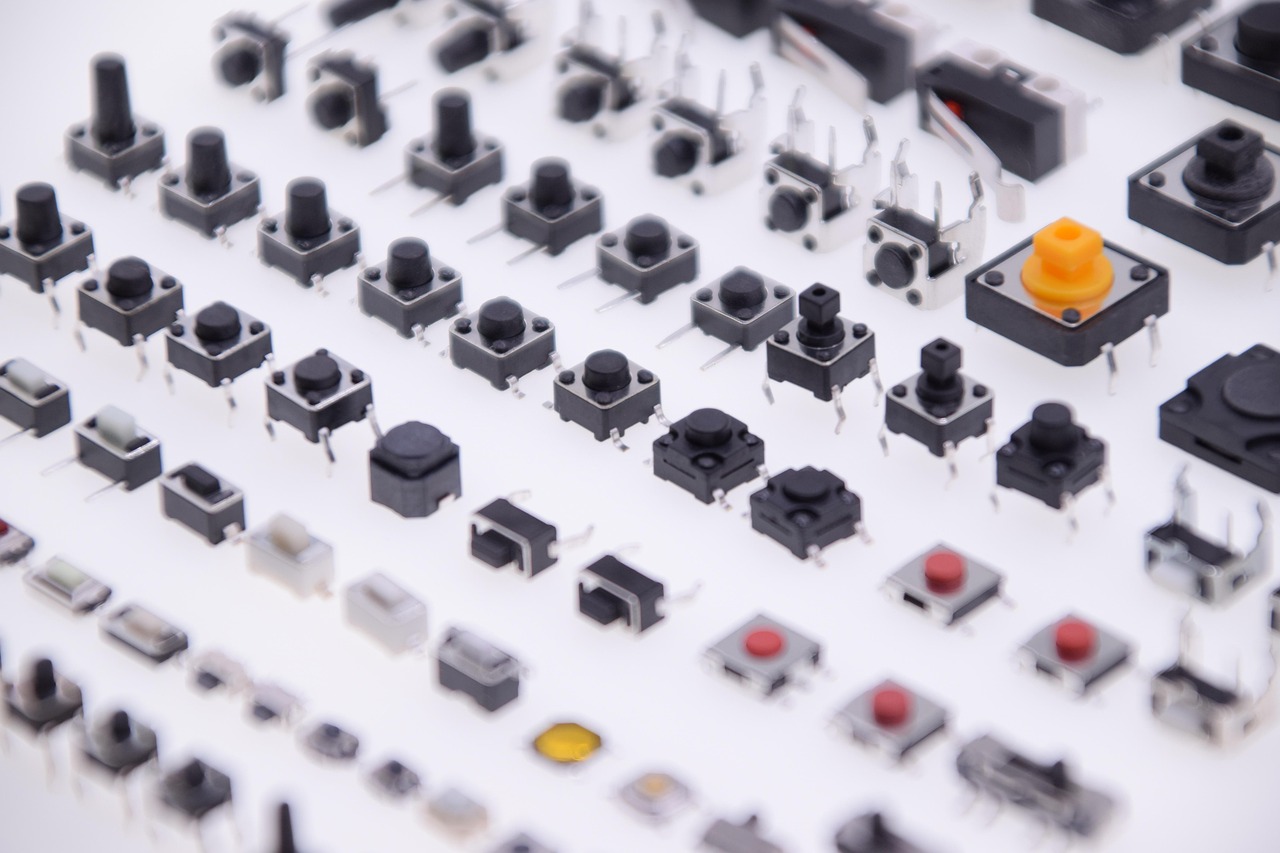Table of Contents
Togglecopper lamination materials
The Strategic Role of Copper Foil in the Electronics Industry
Copper foil serves as the “neural network” of electronic materials, fulfilling the triple functions of conductivity, connectivity, and structural support. It is ubiquitous in modern electronic devices—from smartphone motherboards, laptops, and servers to automotive electronic control units (ECUs), as well as power control modules in solar and wind energy systems. Its stable and highly conductive properties make it indispensable across a wide range of applications, including rigid printed circuit boards (RPCBs), flexible PCBs (FPCs), IC substrates, high-frequency boards, HDI boards, and various new energy battery modules.
With the rising demand for AI computing and the proliferation of electric vehicles (EVs), copper foil’s performance in high-speed, high-power, and high-frequency environments has drawn increasing attention from design engineers. Consequently, physical parameters such as purity, crystalline structure, thickness tolerance, and surface roughness have become critical metrics in evaluating product yield and reliability.
Electrolytic vs. Rolled Annealed Copper Foil: Application-Specific Differentiation
Copper foil is not a one-size-fits-all material; its usage is tailored based on application environment and processing methods. The two primary types—Electrolytic Copper Foil (ECF) and Rolled Annealed Copper Foil (RA Copper Foil)—differ significantly in manufacturing techniques, structural properties, and cost-performance balance.
ECF is produced by electroplating copper onto a rotating cathode drum and then stripping it off into rolls. This method enables mass production at a lower cost while maintaining high conductivity, making it suitable for rigid PCBs and power battery modules.
In contrast, RA copper foil undergoes multiple stages of cold rolling and thermal treatment, providing superior ductility and crack resistance—ideal for applications involving repeated flexing, such as FPCs and wearable devices. For example, in foldable smartphones that require continuous opening and closing, FPCs must use highly ductile RA foil with aligned crystal orientation to prevent fracture over prolonged use.
The Core of Copper Foil Manufacturing: From Roughening to Surface Treatment
Copper foil production involves a sophisticated integration of electrochemistry, thermal processing, and mechanical engineering. In ECF manufacturing, factors such as current density in electrolytic baths, solution temperature, and copper ion concentration directly impact the grain size and surface smoothness.
The roughening process creates microscopic protrusions on the foil surface to improve mechanical interlocking with resins, enhancing layer adhesion. However, excessive roughening leads to signal attenuation; hence, in high-frequency applications, Very Low Profile (VLP) and Very Smooth Foil technologies have become mainstream.
To prevent oxidation and prolong shelf life, surface treatments such as tin plating, cobalt deposition, or nano anti-rust coatings are applied. These treatments influence not only solderability but also adhesive compatibility and downstream processing parameters—making them crucial checkpoints for quality and materials engineers.
Sustainable Challenges in Copper Foil Production Amid Environmental Regulations
While pushing the envelope in technological advancement, the copper foil industry also faces mounting pressure from environmental and regulatory frameworks. The electrolytic process consumes significant amounts of copper sulfate solution and electricity, contributing to high carbon emissions and energy costs.
Production also generates wastewater containing heavy metals, acid mist, and airborne particulates. As a result, investments in water treatment systems, air pollution control, and waste recovery infrastructure have become essential.
In addition, EU regulations such as REACH and RoHS restrict the use of process additives like colloidal chromium, lead salts, and phenolic compounds, prompting the development of non-toxic, degradable, and recyclable alternatives.
Progressive manufacturers are integrating recycled copper systems and energy management platforms to reduce carbon footprints and meet ESG criteria demanded by global investors. These transitions not only affect corporate competitiveness but also determine eligibility in the global supply chains of top-tier OEMs.
Copper Foil’s Evolving Role in Next-Generation Battery Technologies
The rapid evolution of battery technology is redefining the structural and functional design of copper foil. In lithium-ion batteries, copper foil functions as the anode current collector, requiring not just excellent conductivity but also high mechanical strength and processing stability.
The market’s pursuit of ultra-high energy density has made Ultra-Thin Copper Foil (as thin as 5μm or even 2μm) a critical component, significantly boosting energy per unit volume. However, such thinness increases fabrication complexity, with heightened risks of creasing, breakage, or edge warping during the winding process—compromising battery consistency and safety.
Emerging technologies like solid-state batteries demand greater thermal stability and interfacial bonding performance, pushing copper foil R&D toward multi-layer structures, functional coatings, and composite materials.
The Evolution of Quality Control and Inspection Standards
Copper foil quality directly impacts the electrical performance, structural stability, and lifespan of end products. Establishing a robust quality assurance system is thus imperative. Traditional inspection methods—such as micrometer-based thickness measurement, tensile testing, and metallographic surface observation—offer basic insights but fall short for high-end applications.
In recent years, manufacturers have adopted high-speed Automated Optical Inspection (AOI) systems enhanced with AI image recognition, capable of identifying defects like pinholes, scratches, or particulate contamination with high precision.
Non-contact resistance mapping is also employed to monitor conductivity uniformity in real time, enabling early detection of batch anomalies. Additionally, Electrostatic Discharge (ESD) resistance and Coefficient of Thermal Expansion (CTE) tests are becoming standard metrics for advanced products.
These inspection datasets not only support quality control but also form the foundation for material R&D and process optimization.
Global Copper Foil Supply Chain Dynamics and Localization Trends
The global copper foil supply chain is undergoing rapid restructuring. According to market research, major suppliers include Chang Chun Group and TAIYOUNG from Taiwan, JX Nippon from Japan, SK Nexilis from South Korea, and CHAOHUA Technology from China—indicating a highly concentrated market.
Amid rising geopolitical tensions, trade conflicts, and supply chain resilience concerns, many global electronics giants are fortifying regional supply strategies to mitigate overreliance on single sources. This has spurred Taiwanese manufacturers to expand capacities in Southeast Asia and the U.S.
Localized manufacturing not only improves logistics but also enables tailored material development and rapid customer response. Nonetheless, the challenges of raw material price volatility, exchange rate risk, and fast-paced technological shifts require copper foil makers to enhance both product differentiation and manufacturing flexibility to sustain long-term growth.
AI and Digital Transformation: Revolutionizing Copper Foil Process Management
In the era of Industry 4.0 and smart manufacturing, copper foil producers are digitizing traditionally experience-based decision-making. By deploying sensors to collect real-time data on process variables—such as current density, bath chemistry, and thermal changes—and analyzing these with machine learning models, manufacturers can predict anomalies, minimize downtime, and improve yield.
Digital Twin technology enables engineers to simulate crystal growth under different parameter sets, accelerating formulation development and process optimization.
Meanwhile, AI-enhanced AOI systems automate defect detection and classification, drastically reducing human error and training costs.
These digital tools not only improve operational efficiency but also enable the systematic retention and transfer of technical know-how, making them invaluable assets for long-term organizational competitiveness.
Conclusion: Mapping the Knowledge Landscape of Copper Foil for Future Material Innovation
Copper foil is more than a foundational material for the electronics industry—it is a vital enabler in the broader narratives of smart manufacturing and the energy revolution. From design and manufacturing to quality control and R&D, deep understanding of copper foil properties directly influences performance, cost, and reliability.
As materials continue to miniaturize, processes digitize, and market demands diversify, the copper foil engineers of tomorrow must be versed not only in materials science, but also in system integration, application contexts, and sustainability imperatives.
Only by adopting a macro perspective on industry trends and addressing challenges with precision technologies can one excel in the evolving arena of material innovation.
📩 Contact us and unlock new possibilities for upgrading your products.
7F, No. 301, Songjiang Road, Zhongshan District, Taipei City 104070, Taiwan
Related article: 銅箔的科技進化:從基礎材料到關鍵製程的全貌解析






